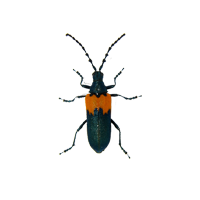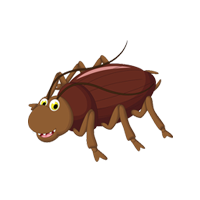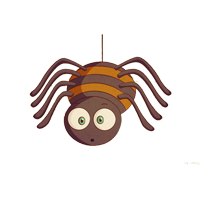HOUSEFLY
HOUSEFLY

The house fly and other types of “filth flies” can become nuisance pests, but also are important for their potential to harm humans and animals. House flies, for example, can spread diseases such as food poisoning and dysentery. Flies, including stable flies and mosquitoes (which are also classified as flies, or Diptera), can inflict painful bites while feeding on the blood of humans and other animals, and some species transmit disease.
The habits of filth flies favour the spread of bacteria and other disease-causing organisms. Filth flies often feed and lay eggs on garbage, manure and carrion before contaminating human foods and food preparation surfaces by landing on them. When feeding, house flies regurgitate their stomach contents onto food to liquefy it before ingesting it. They also may contaminate food and surfaces by defecating on them.
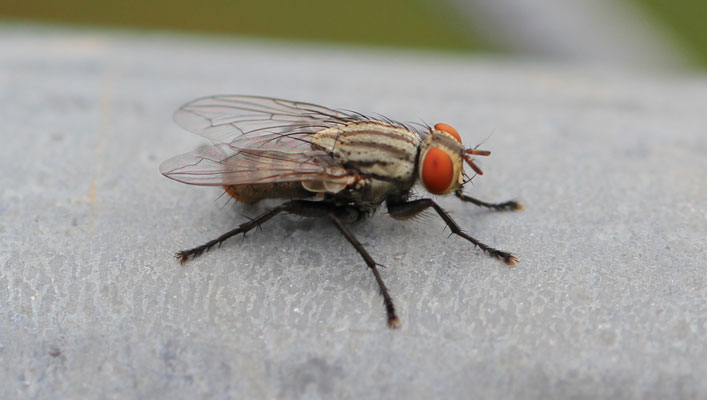
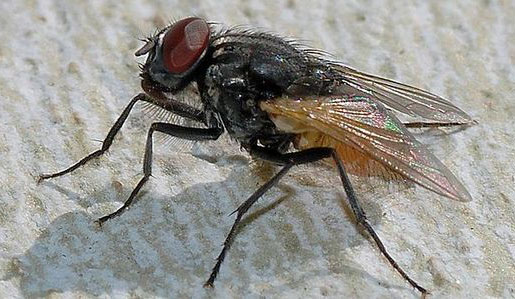
House flies pick up disease-causing pathogens on their bodies when they land on filth like faeces, garbage, or rotting carcasses of animals, and then land on humans, our food, food preparation surfaces, or other things we come in contact with. They really have no place in our homes or other places where people congregate.
Houseflies are strongly suspected of transmitting at least 65diseases to humans, including typhoid fever, dysentery, cholera, poliomyelitis, yaws, anthrax, tularaemia, leprosy and tuberculosis. Flies regurgitate and excrete wherever they come to rest and thereby mechanically transmit disease organisms.
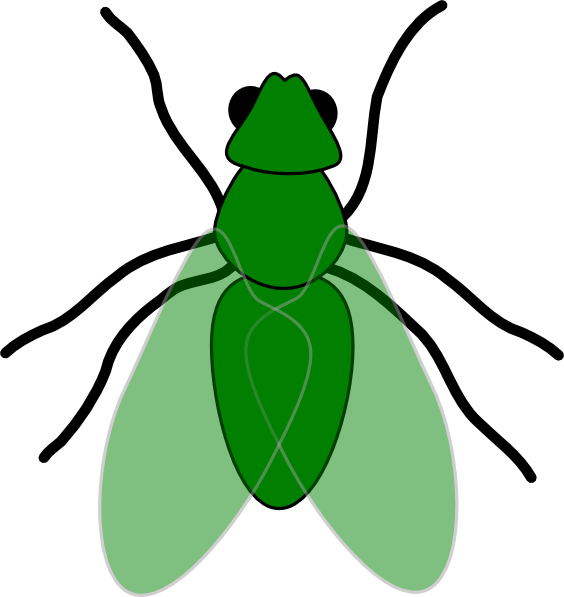
Treatment
Prevention
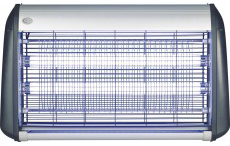
Installing Insect Killer machines, spraying and fumigation, glue boards help control keeping the check on house flies.
Keep your premise and surrounding clean, cover the lids of waste bins, dispose of garbage periodically, Install air curtains, pvc strips, double door entries.
MOSQUITOES
Mosquitoes
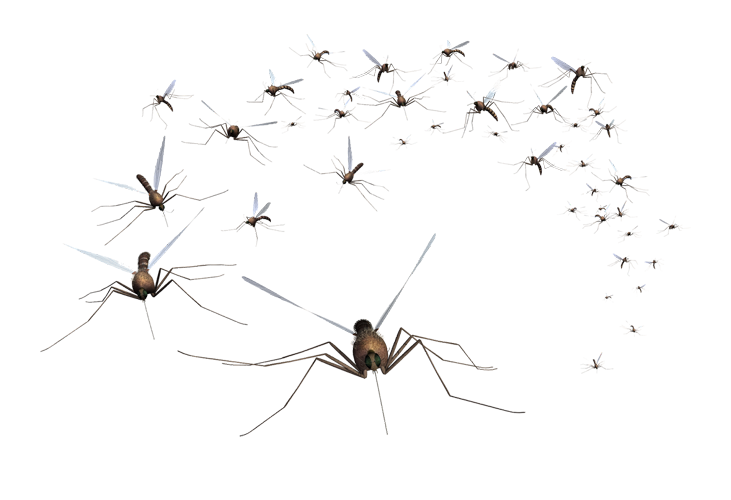

Adults: adult mosquitos are slender true flies, usually less than 1 cm long. They have long thin legs and wings. Some other true flies look like mosquitos, but only mosquitos have the long thin mouthparts called a proboscis. Adult mosquitos have long antennae, and male mosquitoes’ antennae look very feathery. Like all true flies, mosquitos only have two wings. Their bodies and wings are covered with microscopic scales.
There are mosquitos all over the world, anywhere there is fresh water for their larvae. There are over 2,500 species of mosquitos in the world.
Mosquitoes need still freshwater or slightly salty water for their larvae to grow, but different species have evolved to use all different kinds of water. Some grow in ponds, some in puddles, some in tree holes, some in swamps, some in saltmarshes. They are most common and diverse in humid habitats but some can even be found in the arctic tundra, active during the brief summer.

Facts:

- Mosquitoes are the deadliest animals on Earth.
- Only female mosquitoes bite humans and animals; males feed on flower nectar.
- Mosquitoes can detect carbon dioxide from 75 feet away.
- Climate factors influencing dengue cases.
- Study by US and Indian researchers finds nearly 6m annual clinically diagnosed dengue cases between 2006 and 2012
- Dengue cases double in 2015. With 1,259 cases reported so far, Delhi topped the list of cities with most cases.

Treatment
Prevention

A combined vector control efforts are required to solve the issue. Following methods employed:
- Fogging for knock down affect.
- Spraying for residual affect.
- Larvicides for ponds and stagnant water.
Check and eliminate breeding area in and around your premise. Use window meshes, keep doors closed most of times, install air curtains, double door entries recommended.
98102-56355 or [email protected]


